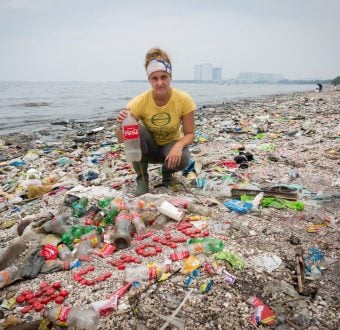“Once security is penetrated there is no way to prevent a
disaster unless the plant has already been converted to safer
chemicals or technologies. ‘On April 24th The New York Times
reported, ‘At least 225 industrial plants in this country have
switched to using less dangerous chemicals since the 2001 terrorist
attacks, lowering the risk that people nearby would be injured or
killed by toxic plumes…’ Much more needs to be done. The Department
of Homeland Security (DHS) has identified 3,400 chemical facilities
in the U.S., each of which put more than 1,000 people at risk.
“On Wednesday, June 14th, the HSGAC voted against a compromise
offered by Senator Lieberman (D-CT) that would have at least made
360 of the highest risk chemical plants determine which safer
cost-effective chemicals or technologies are available to them.
Without a provision to eliminate preventable risks, proven
solutions will remain optional as they are under current law.
“By contrast, the fourteen weakening amendments and loopholes
filed by Senator Voinovich (R-OH) on behalf of the chemical
industry shamelessly put the agenda of narrow business interests
ahead of the safety of the American people. The U.S. Naval
Research Laboratory estimates that 100,000 people could be killed
or injured in the first 30 minutes following an attack. The day
after such an attack, survivors will ask why their government
failed to take action that could have prevented such a tragedy.
“Other major deficiencies in S. 2145 include the:
– The failure to provide a significant role for the federal
agency with 35 years of experience enforcing laws at chemical
plants, the Environmental Protection Agency
– The failure to involve plant workers in identifying
vulnerabilities and developing security plans.
“According to the EPA, chlorine and ammonia gas account for more
than 50 percent of the processes that threaten communities
nationwide. Widely available alternatives are in use but none are
required:
*** Over 200 water treatment facilities (including Washington,
D.C.) have already converted to safer alternatives such as
ultraviolet light since 1999 eliminating the use of chlorine gas.
Still more than 100 water treatment plants put over 100,000 people
at risk.
*** At least 36 electric power plants no longer rely on huge
volumes of ammonia gas since 1999. Still 166 power plants each put
an average of 21,500 people at risk with ammonia gas.”
Contact: Jane Kochersperger, (202) 319-2493; (202) 415-5477
cell

